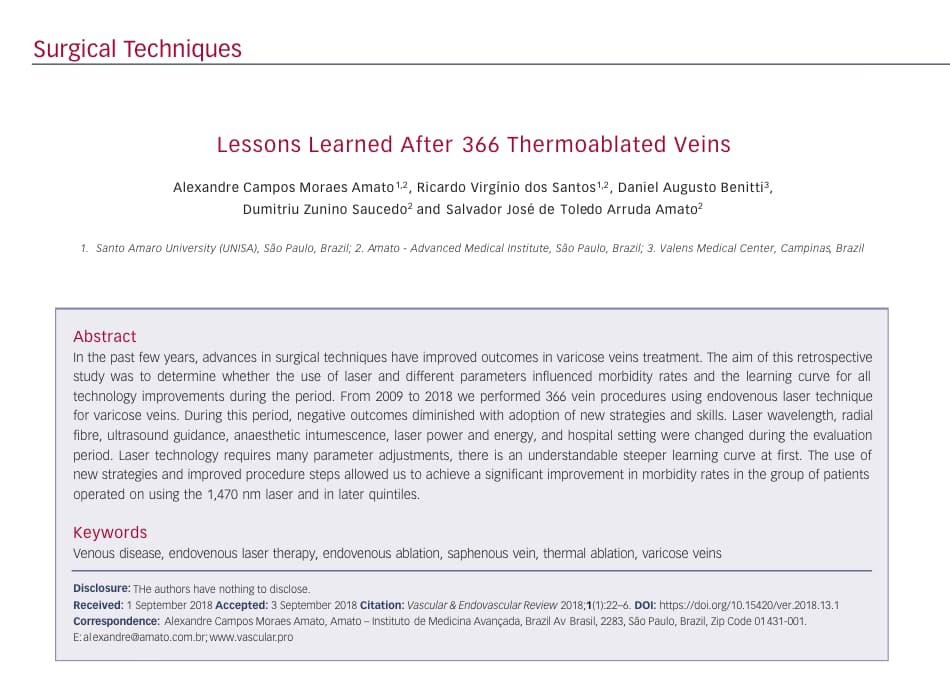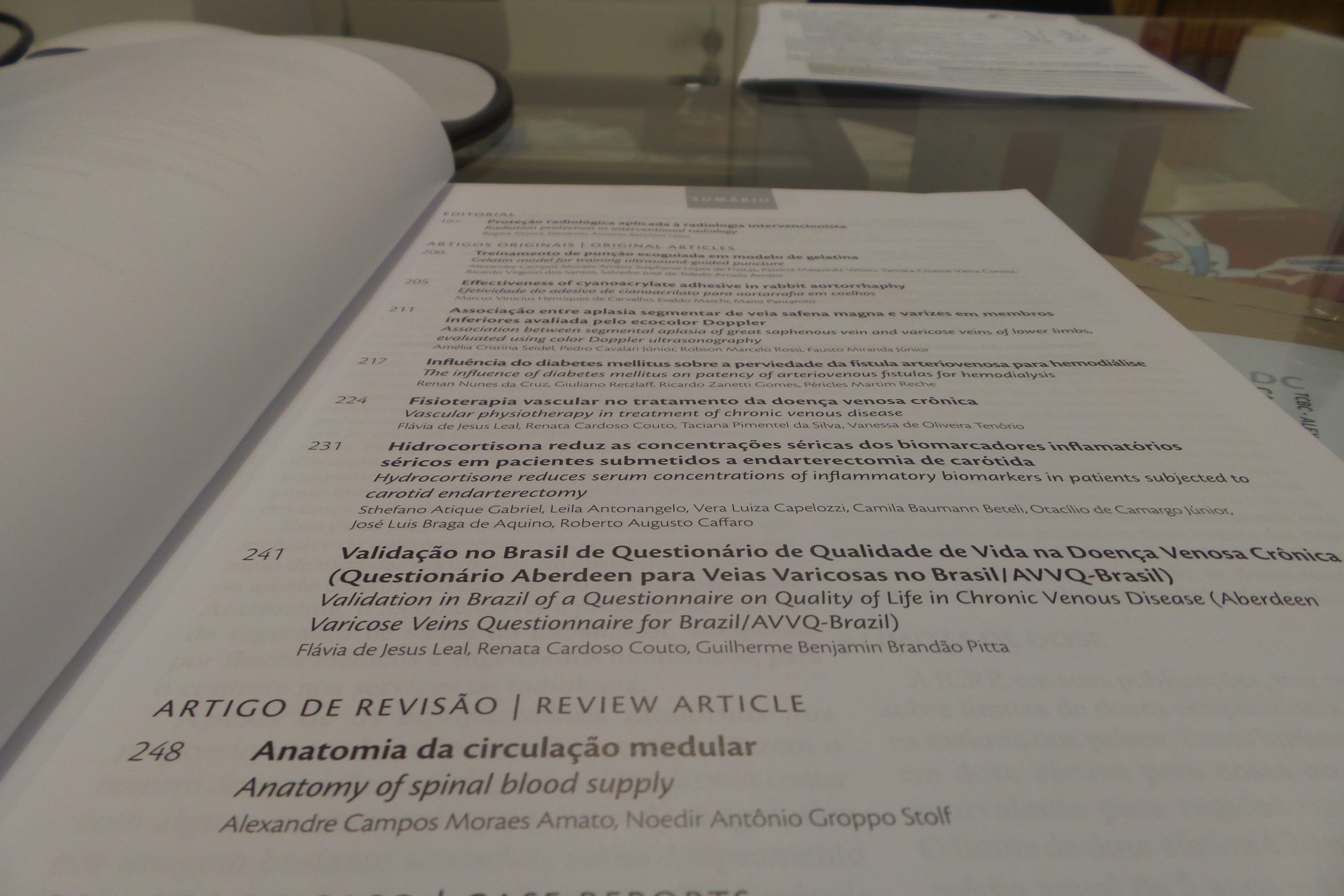
Introduction:
Manipulation of images using three-dimensional multiplanar reconstruction algorithms (3D MPR) and maximum intensity projection (MIP) is dependent on prior understanding of the method’s true validity and its superiority over traditional semi-digital or analog methods of measurement.
Objective:
To assess the understanding of doctors who attended the course of the methodology they routinely employed for planning endovascular surgery before taking the course and determine their choice of method after completion of the course.
Methods:
A survey was conducted with the students who took the course using an intranet questionnaire.
Results:
One hundred and sixty-one participants responded to the questionnaire. In relation to their prior knowledge, 38.8% reported no knowledge, 45.6% reported little knowledge, 15% reported basic knowledge and just 0.6% considered their prior knowledge was advanced. With respect to the measurement method used, 12.5% relied on the measurements in the radiologist’s report, 14% used printed plates and manual compasses, 36.8% used axial images to take measurements, 11.8% used axial images in OsiriX, 14% used the 3D MPR method and 11% used the 3D MPR method and 3D MPR combined with MIP. Additionally, 81.5% of the participants stated that they repeated measurements intraoperatively using a centimeter pigtail catheter, despite having taken measurements in advance using one of the methods listed above.
Conclusion:
The study showed that continuing education in specialized course was effective for imparting understanding of the importance of the three-dimensional multiplanar reconstruction image analysis method and of image optimization algorithms.
Key words: diagnostic self evaluation; tomography; endovascular procedures; educational measurement
Fonte: http://www.scielo.br/scielo.php?pid=S1677-54492014000400285&script=sci_arttext





